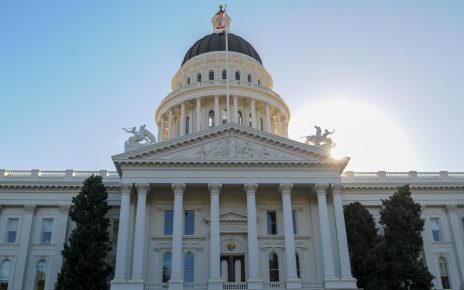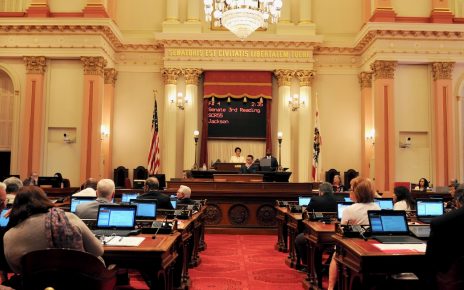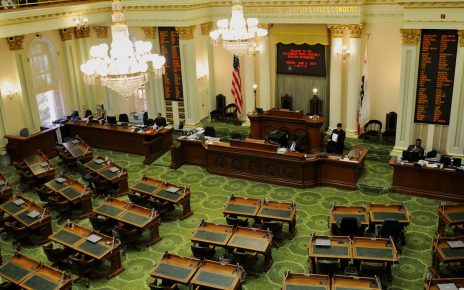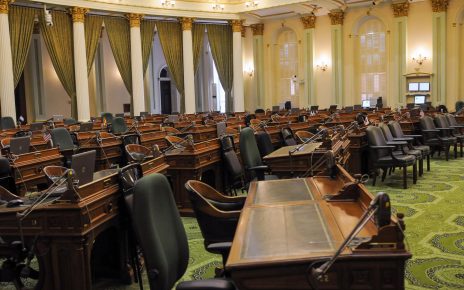What Is in California’s Code of Regulations Title 3?
The California Code of Regulations (CCR) Title 3 is one of 27 Titles that contain state regulations. Title 3, called “Food and Agriculture,” contains 8 Divisions. There are also numerous chapters and articles containing regulatory sections, or individual regulations. The...






